Contact Sheet

Editing

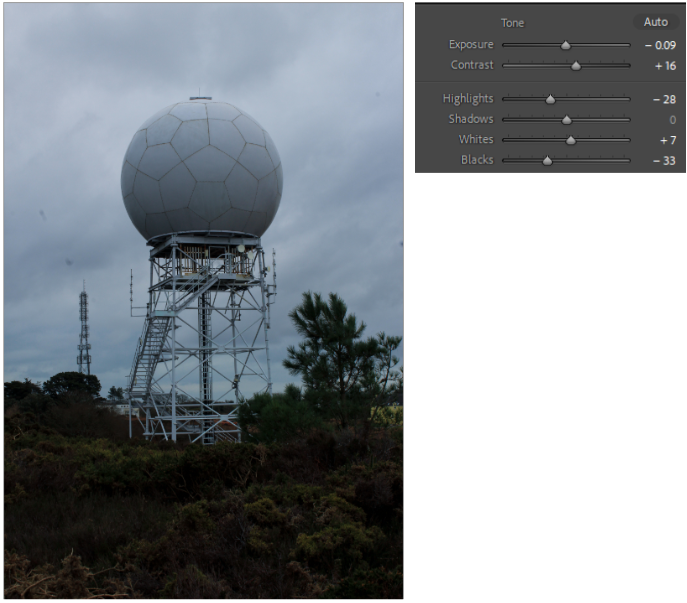

Contact Sheet

Editing



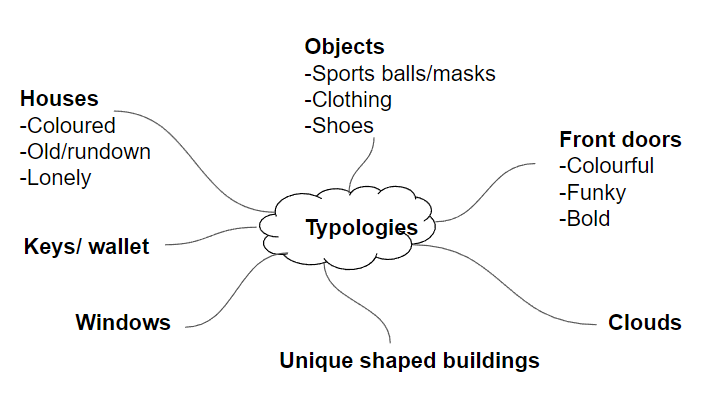
The term ‘Typology’ was first used to describe a style of photography when Bernd and Hilla Becher began documenting dilapidated German industrial architecture in 1959. The couple described their subjects as ‘buildings where anonymity is accepted to be the style’.
A photographic typology is a single photograph or more commonly a body of photographic work, that shares a high level of consistency. This consistency is usually found within the subjects, environment, photographic process, and presentation or direction of the subject.
Stoic and detached, each photograph was taken from the same angle, at approximately the same distance from the buildings. Their aim was to capture a record of a landscape they saw changing and disappearing before their eyes so once again, Typologies not only recorded a moment in time, they prompted the viewer to consider the subject’s place in the world.


Areas to take pictures
Front doors on the street where you live
Cracks in the pavement
Fences and walls
The colours of all the cars in the supermarket car park
Telegraph poles viewed from below
TV aerials silhouetted against the sky

The German artists Bernd and Hilla Becher, who began working together in 1959 and married in 1961, are best known for their “typologies”—grids of black-and-white photographs of variant examples of a single type of industrial structure. To create these works, the artists travelled to large mines and steel mills, and systematically photographed the major structures, such as the winding towers that haul coal and iron ore to the surface and the blast furnaces that transform the ore into metal. The rigorous frontality of the individual images gives them the simplicity of diagrams, while their density of detail offers encyclopaedic richness.
Using a large-format view camera, the Bechers methodically recorded blast furnaces, winding towers, grain silos, cooling towers, and gas tanks with precision, elegance, and passion. Their rigorous, standardized practice allowed for comparative analyses of structures that they exhibited in grids of between four and thirty photographs. They described these formal arrangements as “typologies” and the buildings themselves as “anonymous sculpture.”
This posthumous retrospective celebrates the Bechers’ remarkable achievement and is the first ever organized with full access to the artists’ personal collection of working materials and their comprehensive archive.
Who are they?
Hilla Bercher was a German artist born in 1931 in Siegen, Germany. She was one half of a photography duo with her husband Bernd. For forty years, they photographed disappearing industrial architecture around Europe and North America. hey won the Erasmus Prize in 2002 and Hasselblad Award in 2004 for their work and roles as photography professors at the art academy Kunstakademie Dusseldorf.
How did they become a duo?
They began collaborating together in 1959 after meeting at the Kunstakademie Düsseldorf in 1957. Bernd originally studied painting and then typography, whereas Hilla had trained as a commercial photographer. After two years collaborating together, they married.

What did they photograph?
Industrial structures including water towers, coal bunkers, gas tanks and factories. Their work had a documentary style as their images were always taken in black and white. Their photographs never included people.
They exhibited their work in sets or typologies, grouping of several photographs of the same type of structure. The are well known for presenting their images in grid formations.




Flagging my images from the shoot, to take away any blurry or images I do not like. Doing this helps to choose out your best images to edit and use as final images.





Final Images





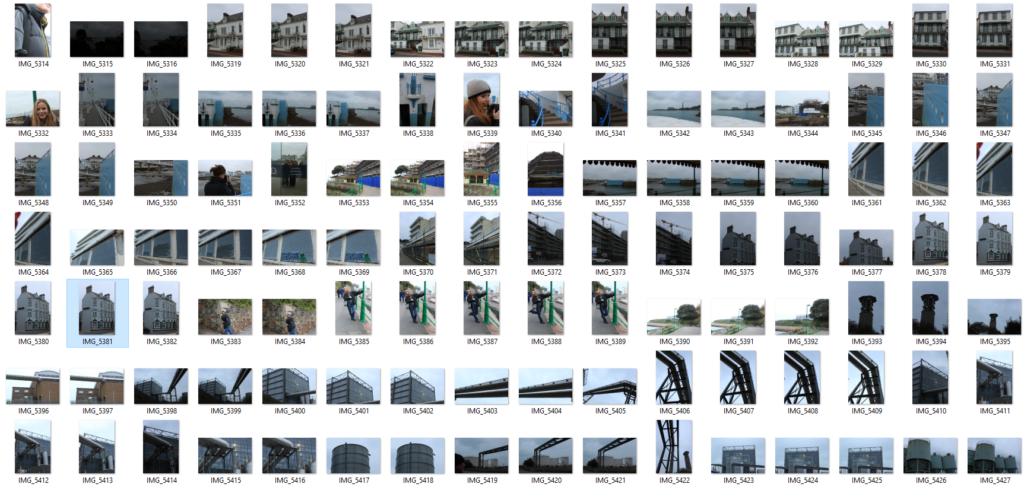
New Topographics was a term coined by William Jenkins in 1975 to describe a group of American photographers (such as Robert Adams and Lewis Baltz) whose pictures had a similar banal aesthetic, in that they were formal, mostly black and white prints of the urban landscape
Stephen Shore
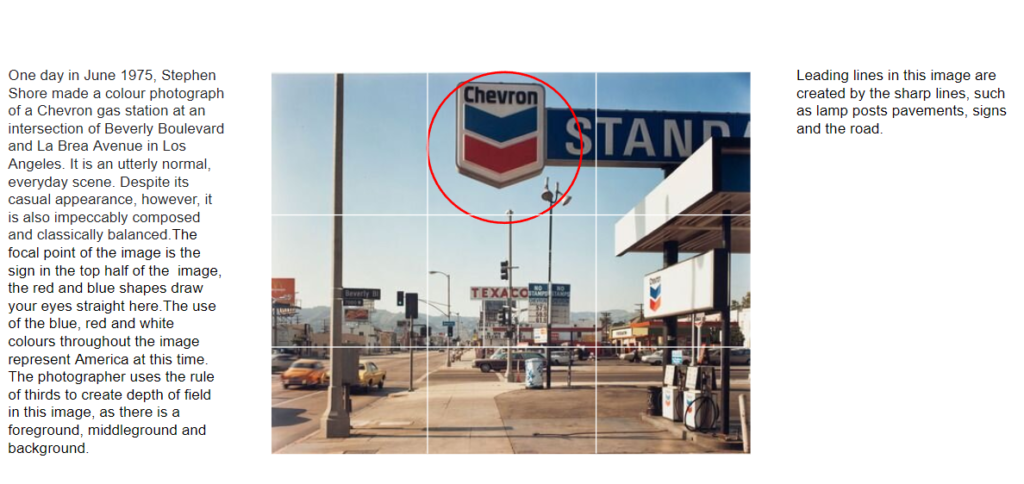
Ed Ruscha, “Every Building On The Sunset Strip”
The artist Ed Ruscha is famous for his paintings and prints but is also known for his series of photographic books based on typologies, among them Every Building on the Sunset Strip, Twentysix Gasoline Stations, Some Los Angeles Apartments, and Thirtyfour Parking Lots. Ruscha employs the deadpan style found in many photographic topologies. The book shown above is a 24 foot long accordion fold booklet that documents 1 1/2 miles of the Sunset Strip in Hollywood.

Areas to Visit To Take Images
St Helier
Residential areas
Housing estates
Retail Parks and shopping areas
Industrial Area
Car Parks
Leisure Centres
Building sites
Demolition sites
Built up areas
Underpass / overpass
The Waterfont
Harbours
Airport
What is it?
New Topographics: Photographs of a Man-Altered Landscape was a ground-breaking exhibition of contemporary landscape photography held at the George Eastman House’s International Museum of Photography from October 1975 to February 1976. . A turning point in the history of photography, the 1975 exhibition New Topographics signaled a radical shift away from traditional depictions of landscape.

What was the new topographic a reaction to?
An exhibition at the International Museum of Photography in Rochester, New York featuring these photographers also revealed the growing unease about how the natural landscape was being eroded by industrial development. Examples of these are buildings, houses, roads and urban areas.
Robert Adams

This image is from Robert Adams of a woman inside her house in the suburbs. The use of the rectangles/frames around the woman creates a vocal point of the woman. The dark grey and black tones give a lonely and sad feeling to the image. It creates an image of a house wife at home on her own, in America. The frames around the woman, creates a zoom in effect. This means the focal point is the woman, the photographer has done this by using the rule of thirds.

Series of his Images

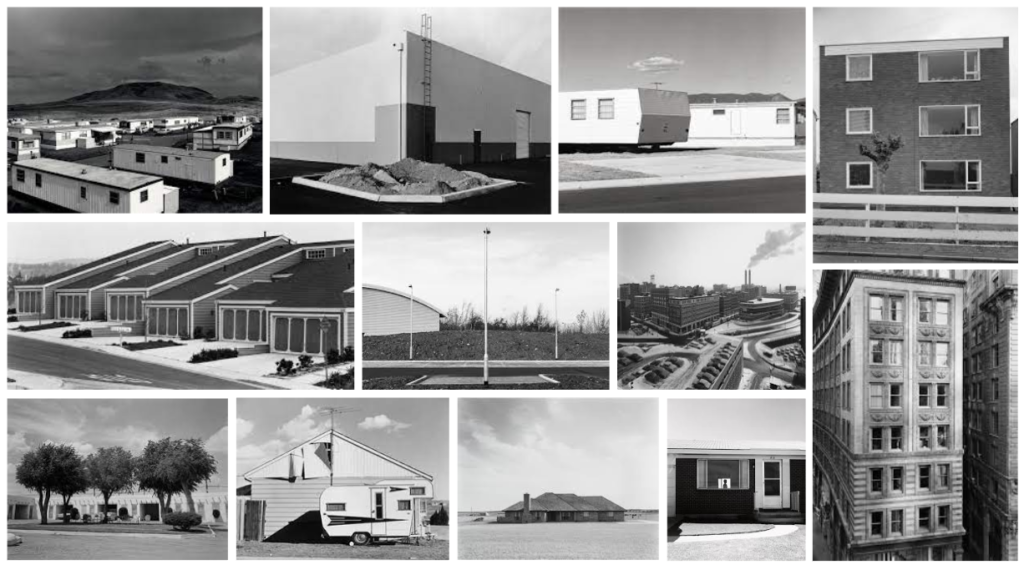
Rural landscape describes the diverse portion of the nation’s land area not densely populated or intensively developed, and not set aside for preservation in a natural state.

Jersey Rural Areas

Areas in Jersey such as lanes, fields, woods and coastal areas.
